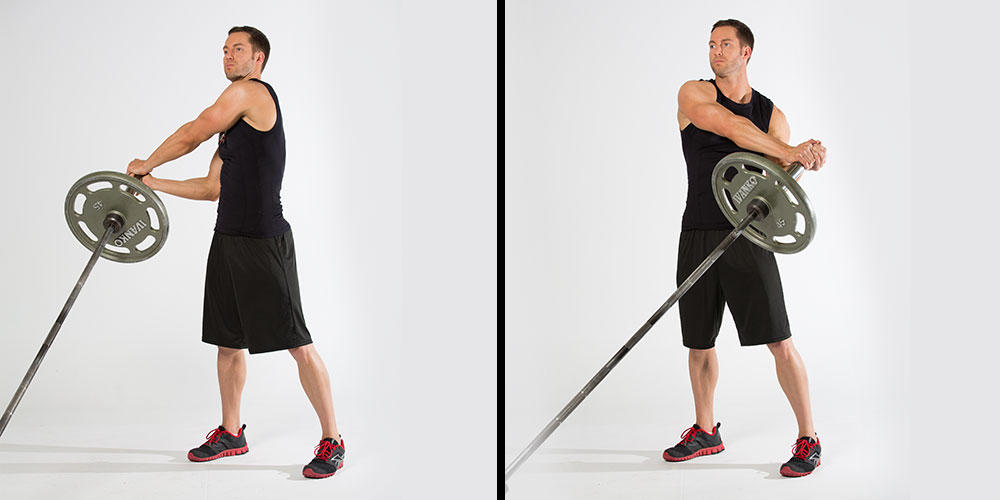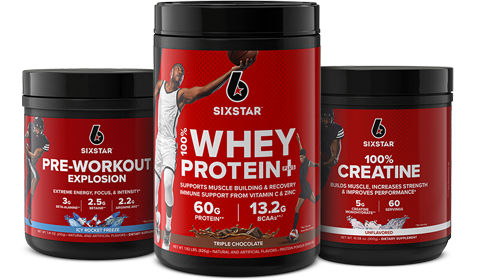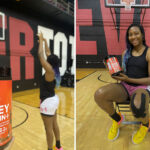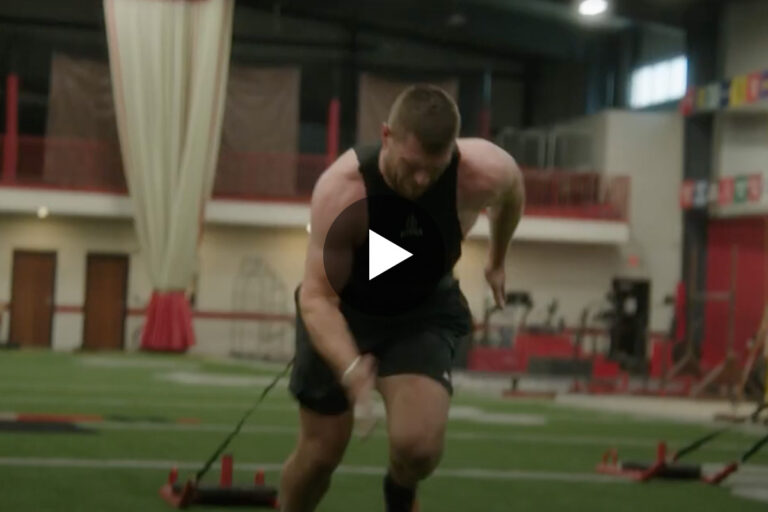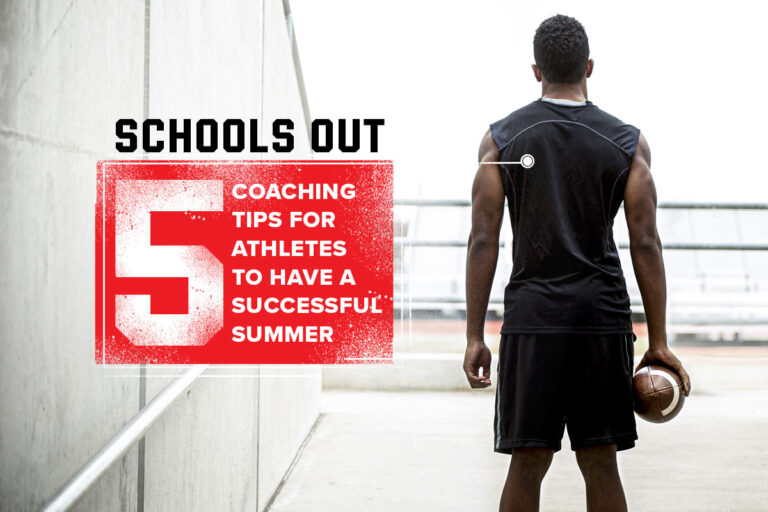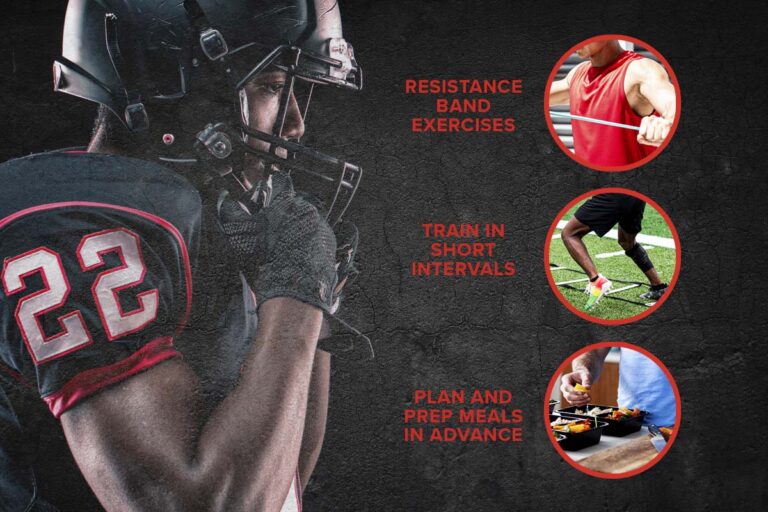By Will Romero
SIX STAR AMBASSADOR
PART 1: STRENGTH
You’re 8 to 12 weeks out from fight night. It’s time to take your training to another level. A big part of training for most athletes in professional martial arts is some form of strength and conditioning. Combining strength, power and endurance is key to the optimal strength and conditioning program of a combat sports athlete. This type of training also just happens to give you a shredded, powerful physique that not only looks good, but is also built for battle!
Having a strong physique is extremely important in combat sports; it is vital that the athlete have a solid level of strength in addition to their skills in order to avoid being “out-muscled” by an opponent. Being strong will also help with injury prevention and longevity in an athlete’s career. Strength training is the best way to pack on that hard, dense muscle that looks good and is highly functional. The following are some exercises you will find common in most professional fighters’ strength programs. In this month’s article, we will cover the strength portion of the Fighter Fit Training Series.
1. DEADLIFTS:
- Approach the bar. Stand with your feet about hip-width to shoulder-width apart and with your shins close to the bar and your toes turned slightly outwards for a stronger base.
- Bend your knees and grab the bar with a narrow grip about shoulder-width apart. Your arms should look parallel from the front-view, hanging just outside your legs. Keep the bar over your mid-foot, and lift your chest by bringing your shoulder blades together. Make sure to straighten your back and to keep your hips up.
- Now, while maintaining that strong posture, pull the weight up in a straight line until your body is fully erect, standing with your knees locked out. Don’t shrug your shoulders or lean back, hyper-extending at the top position.
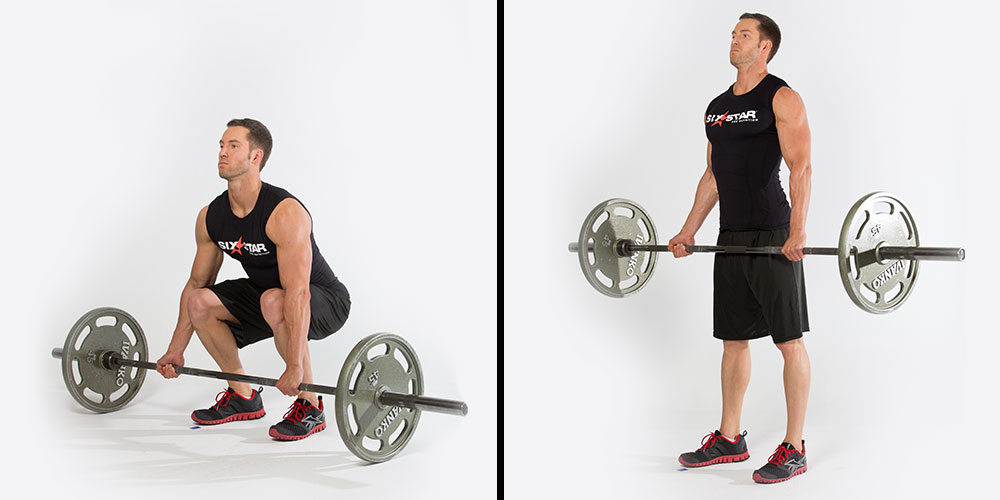
2. STANDING DUMBBELL LUNGES:
- Start standing with dumbbells held down by your sides.
- Take a step forward with your right leg landing on your heel with about a 90-degree bend in your leg at your knee.
- Lower your body by flexing your right knee and hip until the knee of your left leg is almost in contact with floor. Keep your torso upright during this movement. At this point, lunge forward with left leg, making sure that the knee stays aligned with the ankle. Repeat by alternating lunges with opposite legs.
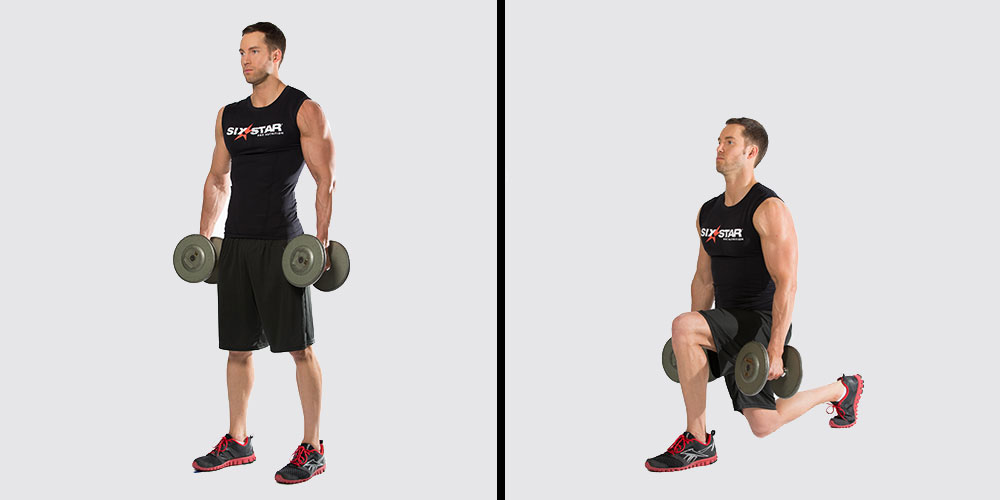
3. CHIN-UPS (WEIGHTED)
- Step up and grasp the bar with an underhand and shoulder-width grip.
- Pull your body up until your chin is above the bar.
- Lower your body until your arms and shoulders are fully extended. Attach weight by using a weight belt or holding a dumbbell between your legs. Repeat.
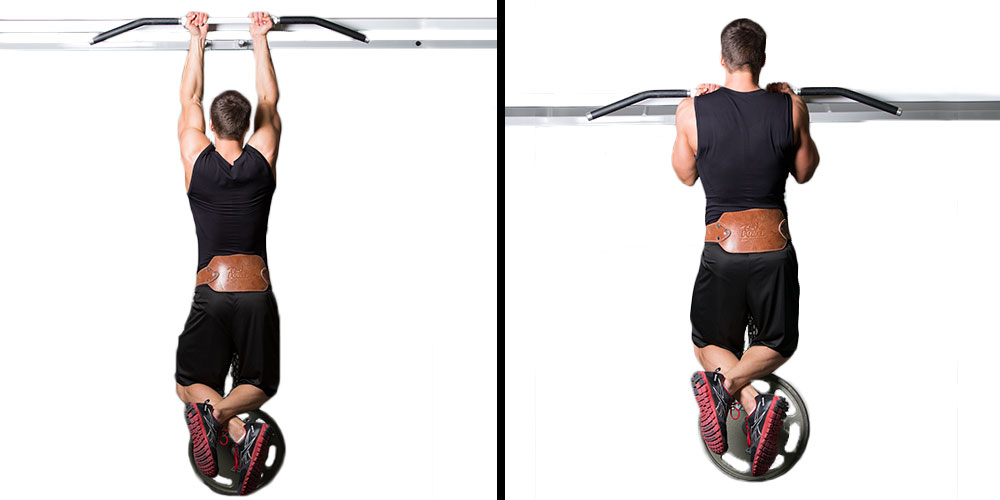
4. FLAT DUMBBELL BILATERAL CHEST PRESS
- Lie down on your back, flat on the floor, holding a dumbbell in one hand.
- Keep both legs and feet flat on the floor. Begin with the dumbbell over your chest with your arm fully extended.
- Place the non-working hand flat on the floor with your palm down with a 45-degree angle, with your fingers pointing towards your toes. Lower the weight until your elbow is at 90 degrees. Focus on engaging your pecs, triceps and core to press it up. Do 8 to 10 reps,then repeat movement with opposite arm.
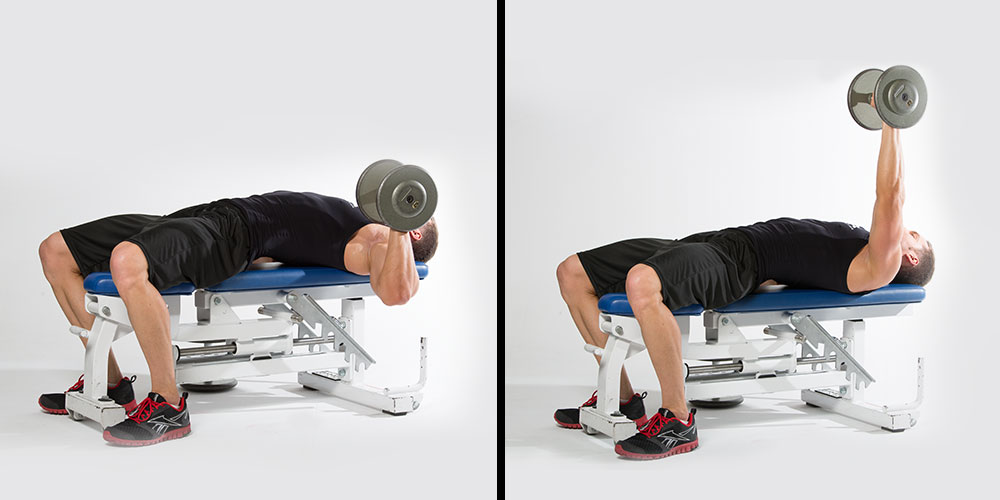
5. DIPS (BODY WEIGHT)
- Stand in front of a dip station or set of parallel bars, grab the handles and jump up so that your arms are fully extended and supporting your upper body is leaning slightly forward, legs can be straight or bent at the knees depending on the height of the handles.
- Bend your elbows and lower your body until your upper arms are parallel to the floor or there is a 90-degree bend in your arms.
- Use your chest, shoulders and triceps to power out of the bottom position and bring your body to the starting position. Once you can do 10 to 15 body weight reps with ease, you can increase the load by using a dip belt and adding weight or placing a dumbbell between your ankles.
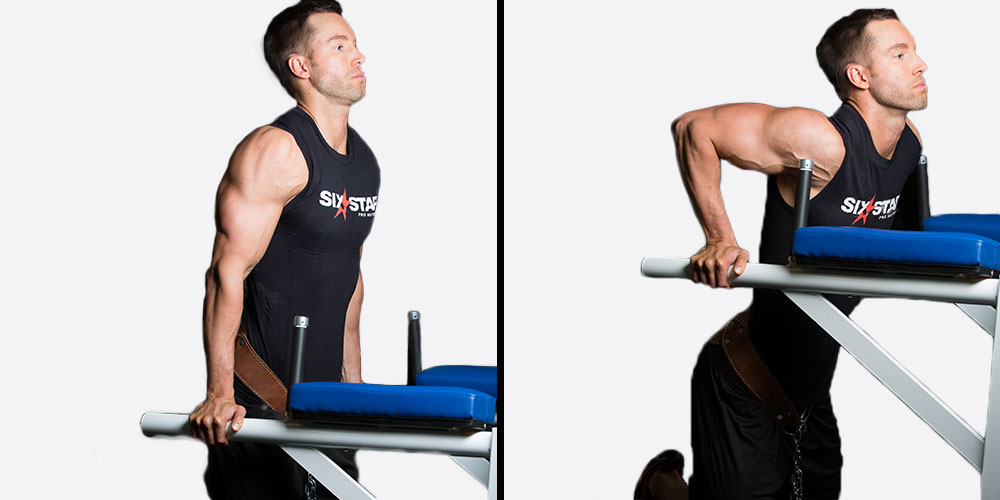
6. LANDMINE CORE ROTATION
- Place a barbell into a landmine attachment or make sure it’s secure in a corner. Once you have selected the appropriate weight for yourself, bend your knees, pick up the bar and raise it to shoulder height with both hands, and then press overhead with both arms extended.
- Stand with your feet shoulder-width apart. This will be your starting position.
- Perform the movement by rotating the trunk and hips to one side and pivoting the opposite foot in that direction. Keep your arms extended throughout the exercise and your chest up by bringing your shoulder blade back and down. Do the opposite movement by swinging the weight all the way to the opposite side. Continue alternating this movement from side to side, maintaining good posture and a neutral alignment in the spine.
